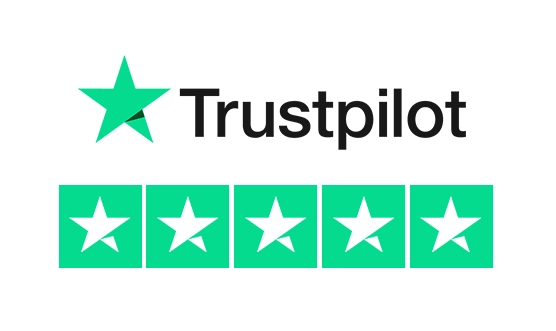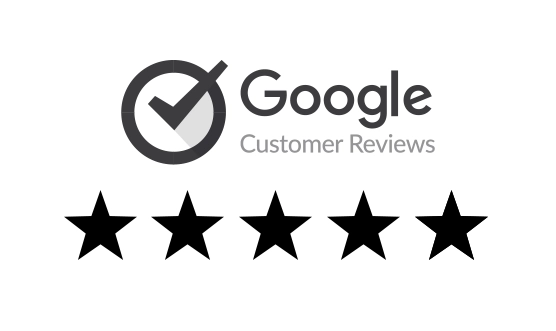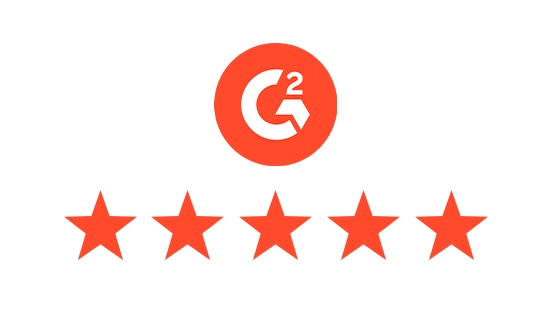A few years back, have you ever thought that you can buy anything without going outside in the hot sun or in the heavy traffic? Yes, we all dreamed for that day to be merged in our daily activities.
From grocery to buying clothes you can select the products at any of your convenient time and order them to reach the destination within 2 to 3 days or sometimes within hours. This became possible due to this e-commerce business.
Hope you all would have heard about one of the biggest e-commerce platforms, Shopify where thousands of retailers open their online store. It became easy for us to do our online shopping on this platform.
Many people got inspired due to their tremendous growth and tried to establish their own e-commerce platform. Nowadays e-commerce is a flourishing business to earn a high return on investment.
Before starting any business, you need to know the in and out of the business structure and need to plan accordingly. The same need to be followed to accomplish any e-commerce business startup.
Are you tired of searching for how to start an e-commerce business? Here in this article, you will be able to find the steps in starting an e-commerce business.

If you are very new to e-commerce business, the basic ideas which will arise in your mind could be the following points:
- E-commerce – Completely online? So you need a Website to be designed and developed.
- Now you need high-quality products available in your online store.
- To manage this business, you need to provide support to your customer so you need top customer service support 24/7.
- Now for Unique way of selling, you need to make use of online marketing techniques to enhance the traffic in the site.
To say you the fact these are the basics of the e-commerce startup but to establish a successful e-commerce business firstly, you need to follow the below points
- Start researching the basics of e-commerce business models
- Research-E-Commerce Startup
- Identify your potential customers and Product Selection
- Know your competitors and prepare your plan.
- Start your Registered e-commerce business
Step 1 – Start researching the basics of e-commerce business models
For any business, firstly you need to understand the business models. In the e-commerce business, there are many types of business models available online.
You need to choose the one which you will be able to focus on. Now you can select the types of products which you want to sell on your store.
We will discuss this with one example, suppose you want to sell physical products and for a startup, you don’t want to invest more in the beginning. The best business model that you can follow is drop shipping.
In Drop Shipping model, the merchant never keeps a store full of products. He buys according to the customer order from a third party and they will ship the product directly to the customer. It will not involve any investment in warehouse and inventory management.
So it is recommended for any startup. Similarly, you can research the other profitable business models of e-commerce as per your requirements.
Step 2 – Research-E-Commerce Startup
Once you choose the business model, you can start researching the e-commerce startup.
As you all know the competitors are more in this business sector. It means there is a demand for this business in the industry.
To begin, it is better to focus on a small variety of products than focussing on large category as it requires more investment.
It is highly impossible to become an Amazon or Flipkart within a day but at the same time, it is possible for you to grow from a niche and can reach your potential customers to grow your e-commerce startup.
Always recommended to go ahead with a single category and try to promote the products through Affiliate Marketing.

Step 3 – Identify your potential customers and Product Selection
Identify your potential customers.
- Before selecting the products, think about whether it will reach your potential customers.
- Just research whether there is a demand for the products you choose.
- Focus on what actually your customers are searching for.
Product Selection
- Choosing the products for the online store is really challenging. You can follow the below points to choose the products:
- Always wisely choose your products that are not easily available in other stores.
- Choose any specific product where there is demand among some targeted customers.
- Always make a research on the current trend and select according to the trend.
- Go through the customer reviews on any existing product and they may suggest any related product to be added.
- Look into the keywords used by the customers to search the products and it gives you an idea about the product to be added.
- Always don’t compromise the quality of the products during your product selection.
Step 4 – Know your competitors and prepare your plan
Know your customers
- Now you have chosen the business model, identified the potential customers, products are selected for your online store.
- The next step is to know your competitors well and analysis the difference and proceed with advanced marketing techniques to stay unique and cover up your customers.
Prepare your business plan
- The business plan gives you a clear picture of your business.
- The in and out are mentioned here. It is easy for your reference and to accomplish your e-commerce more effectively.
- Any changes implemented can also be included in the future.

Step 5 – Start your Registered e-commerce business
To start the registered e-commerce business successfully, follow the below strategies. Please note that these are only basic recommendations. To be sure you do everything correctly, contact a local accountant who can help you, or ask anyone who you sure is an expert in law and business.
1. Register with your own business name
Select a unique business name for your e-commerce business. Let it coincide with your major products so that it easily understood by your ideal customers. Register this unique name so that you will get tax benefits.
2. Website creation with domain name coinciding with the business name.
Once the business name is registered try to choose a URL which always coincides with your business name.
Create a user-friendly interface and visually appealing to some extent. Make sure that it is more functional and able to handle the traffic with fast loading time.
3. Register your business structure
You can register your business structure like an LLC or Corporation based on your business structure. So that you will get tax benefits and in the future, if there are any debts to be handled by the organization it will not affect your personal assets.
There are many external agencies to help you get registered or you can approach a lawyer to legally register your business structure.
4. Acquire your EIN (Employee Identification Number)
For any business, EIN is required to open and save your profits or returns in the bank account. This number is a unique 9 digit number and it is assigned to all internet business by IRS (Internal Revenue Service). It is made to identify your business by the IRS.
5. Get your Licenses and Permits
Any business needs required licenses and Permits. Whether it is online or retail store it requires a business to track the tax revenue by the government.
6. Wisely choose your vendors
Always choose your vendors who stay long in your business. You can search on the internet to get a list of wholesalers for your business. Understand the distribution channel of your e-commerce business to find the right vendors for your business.
7. Marketing in the initial stage
I already discussed at the beginning of this article that marketing is a very important part of the business. You can make use of social media channels to promote your products and service. You can also link your website to social media.
8. Make use of effective software for your e-commerce business
Effective software is required for any online business. It simplifies all the operational process like customer management, content management, accounts management, easy integration of marketing tools. Customized software is required for e-commerce business.
9. Inventory
Inventory is required to stock your products. Always try new products gradually based on customer feedback and try to have a stock in your warehouse. In this way, inventory management is very important for e-commerce business.
10. Create a perfect Logo
Logo for your e-commerce business should be unique. Make sure the design and color are not used by any other company.
11. Customer support – 24/7
This is also discussed at the beginning of this article since it is very important for any type of business to have a team to handle the queries and concerns of their customers. Good customer support is required to run the business smoothly.
12. Website Optimization
After all the above steps, the final one is to optimize your website. Try to provide a clear and easy product page to the customers so that it becomes easy for them to navigate through the website. Improve the loading time of the website. Also, make sure how easy it is accessible through mobile devices.

Infographic Credit – CryptoSoftwares
Conclusion
Setting up an e-commerce platform and business requires the above-mentioned efforts and it is possible to start a successful startup with a small investment and gradually you can expand your online store to enhance your e-commerce business on a large scale. Keep your customers updated through social media marketing to increase the traffic to your website. Always consider your customer review to update yourself and to provide the quality products.














